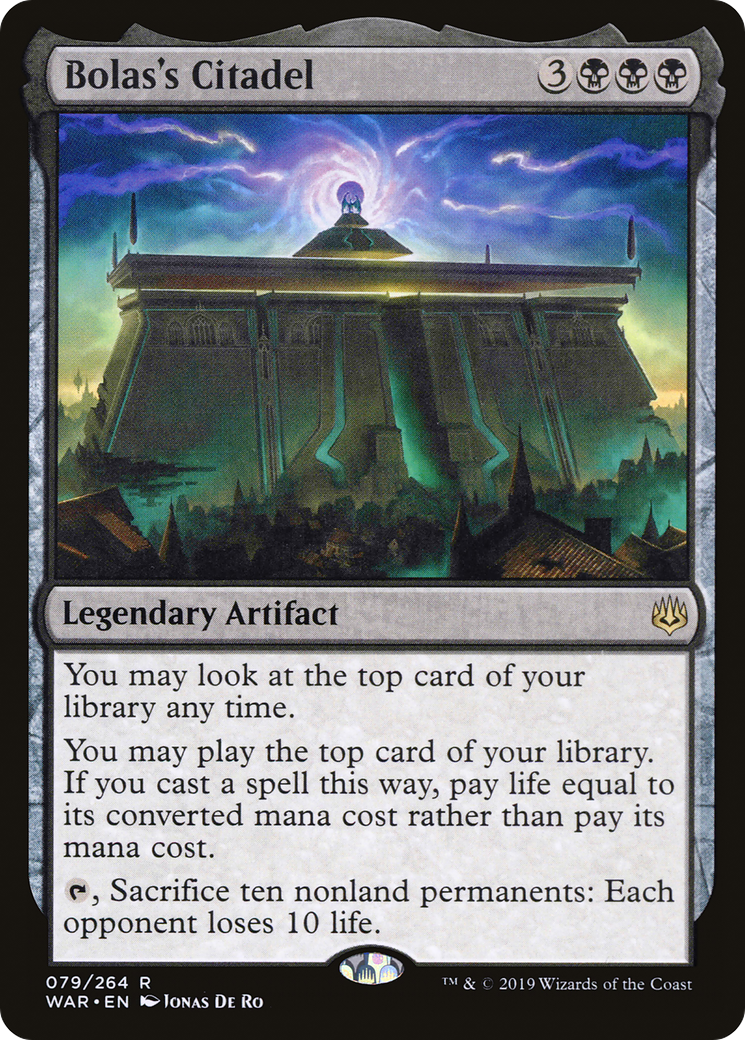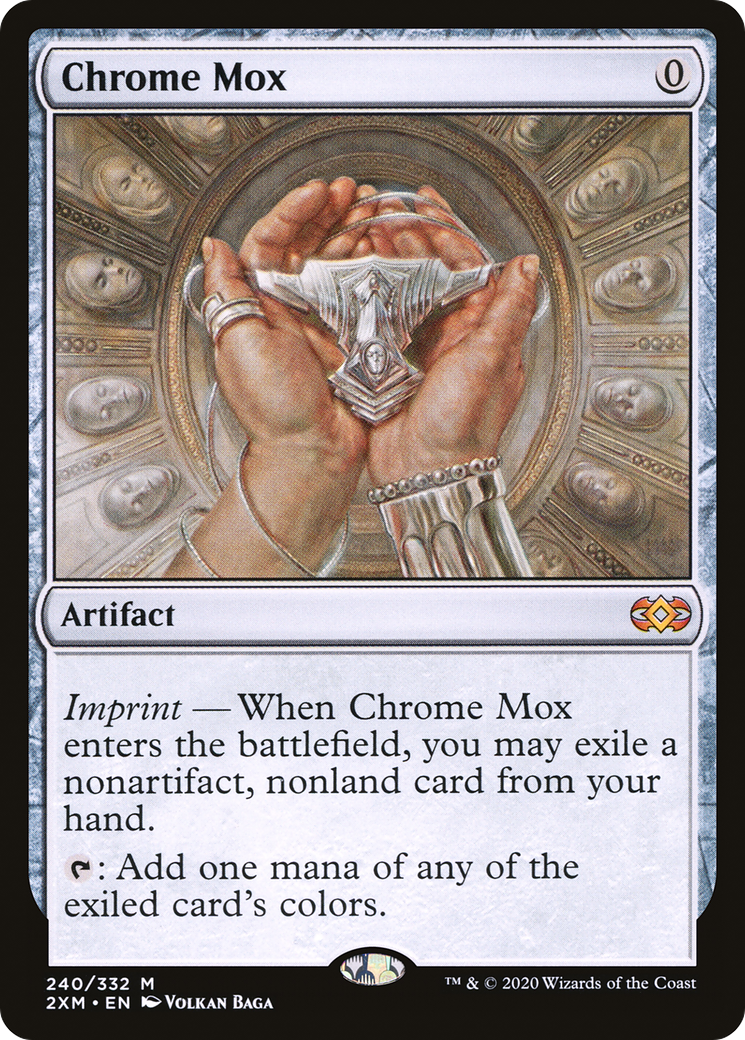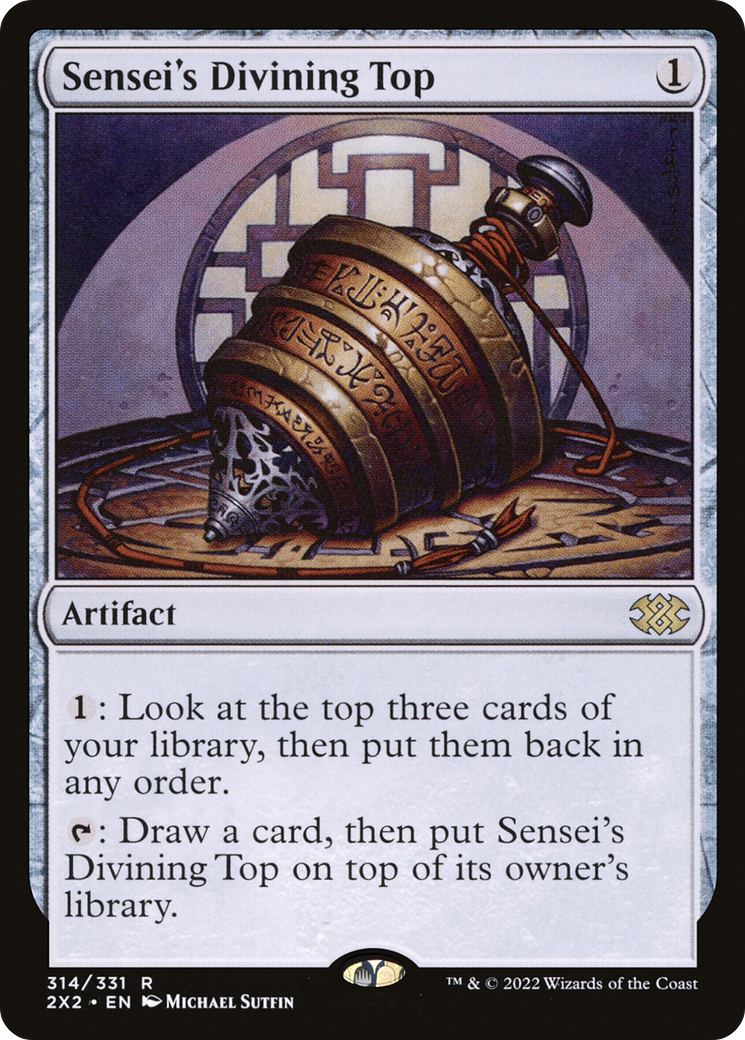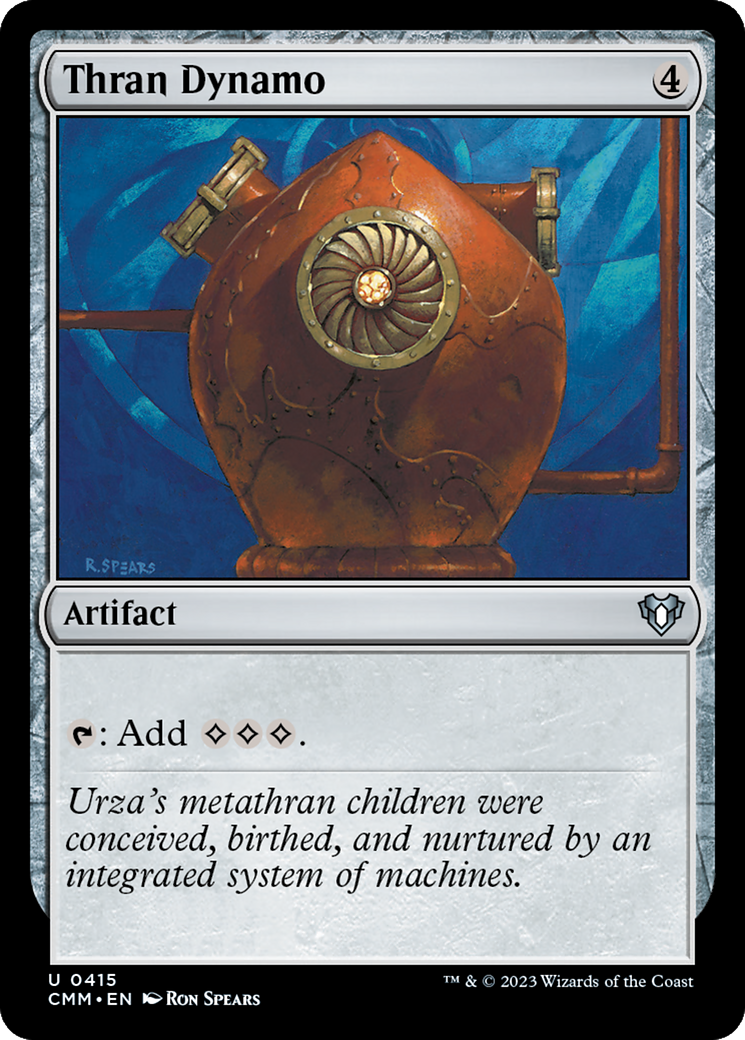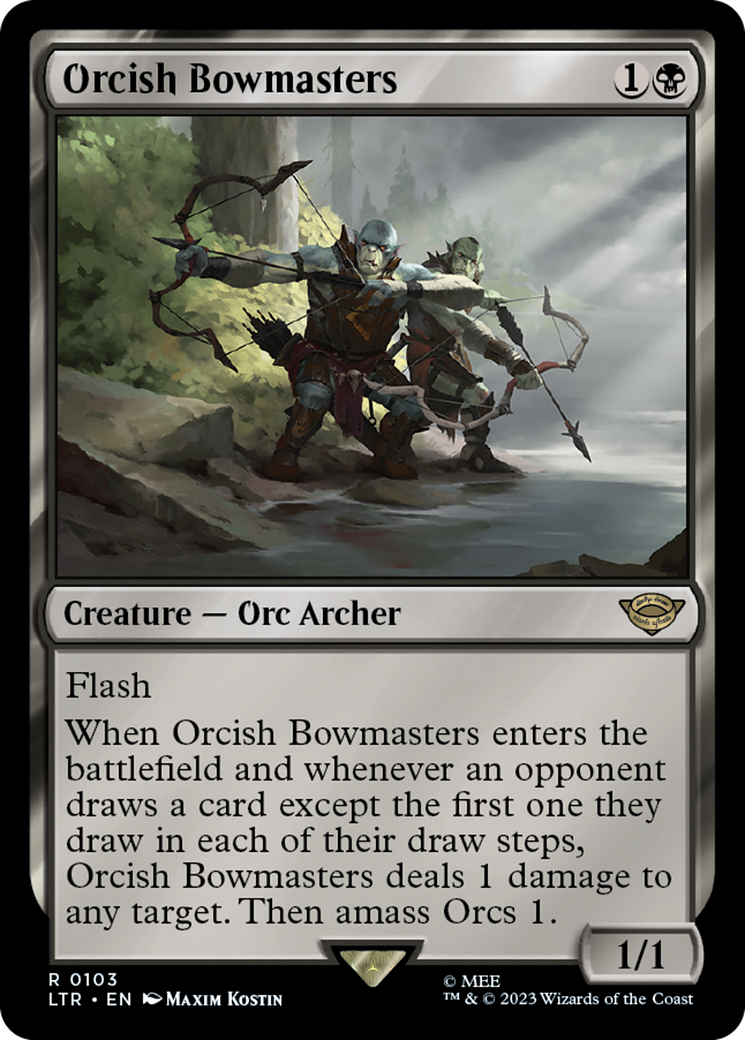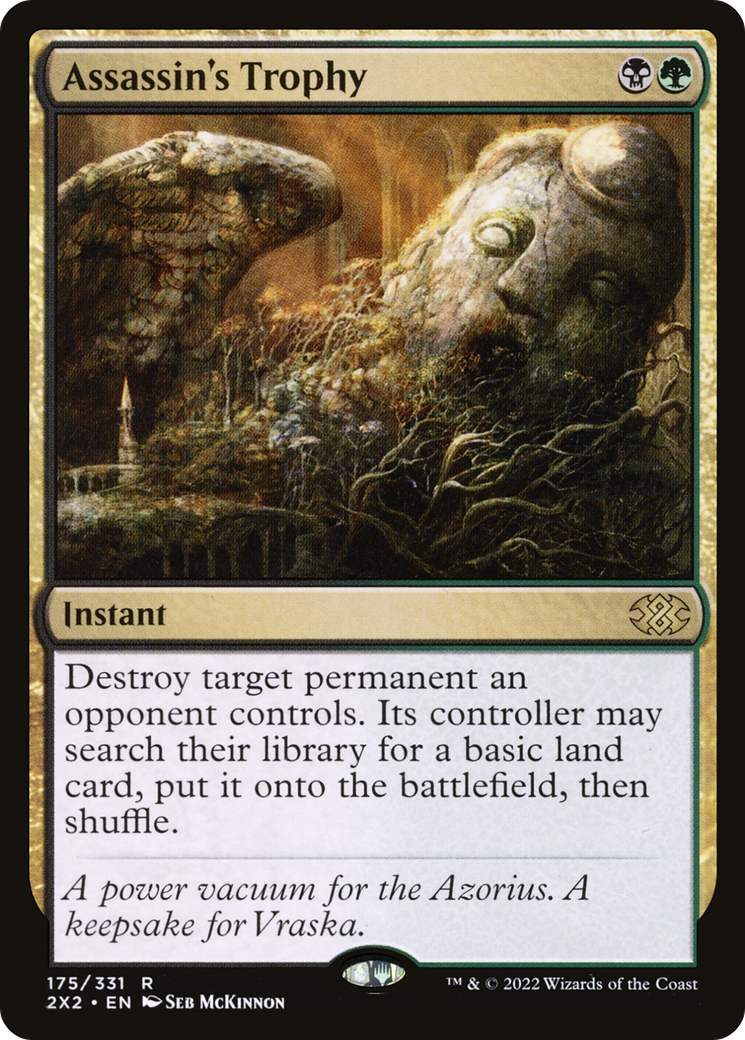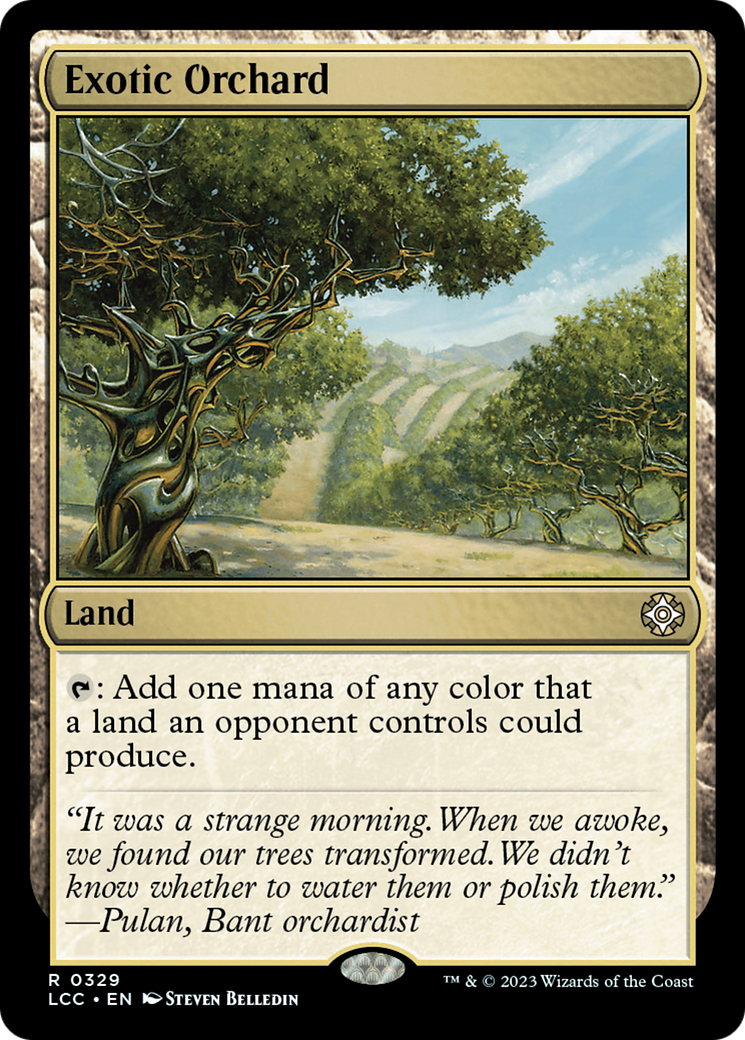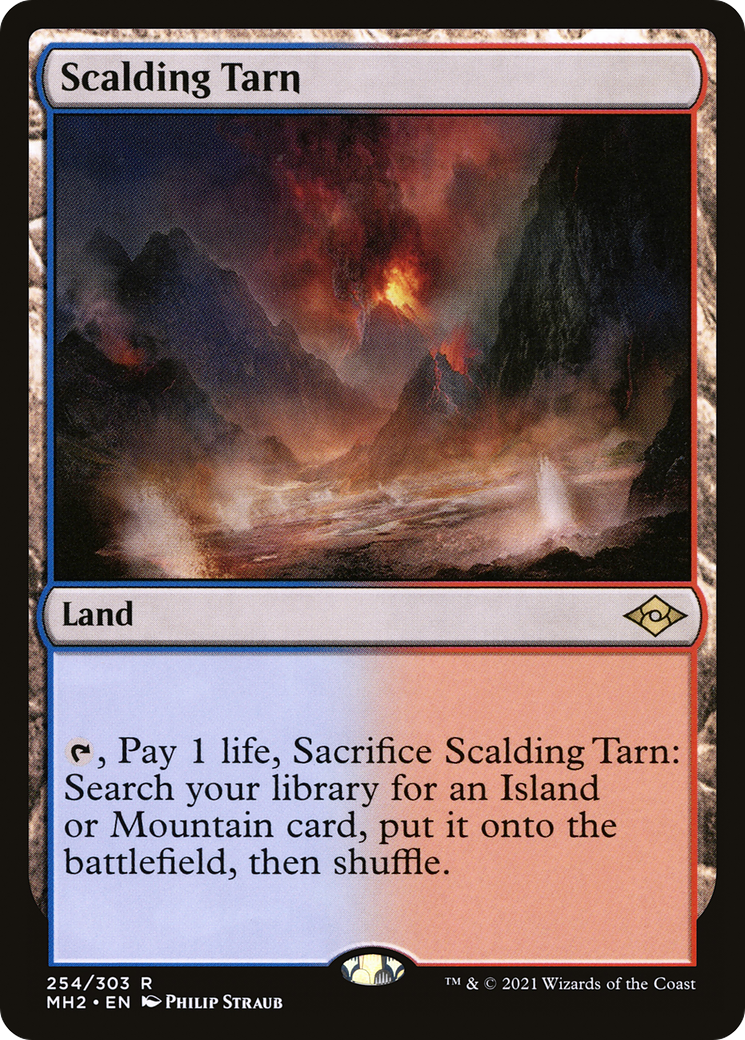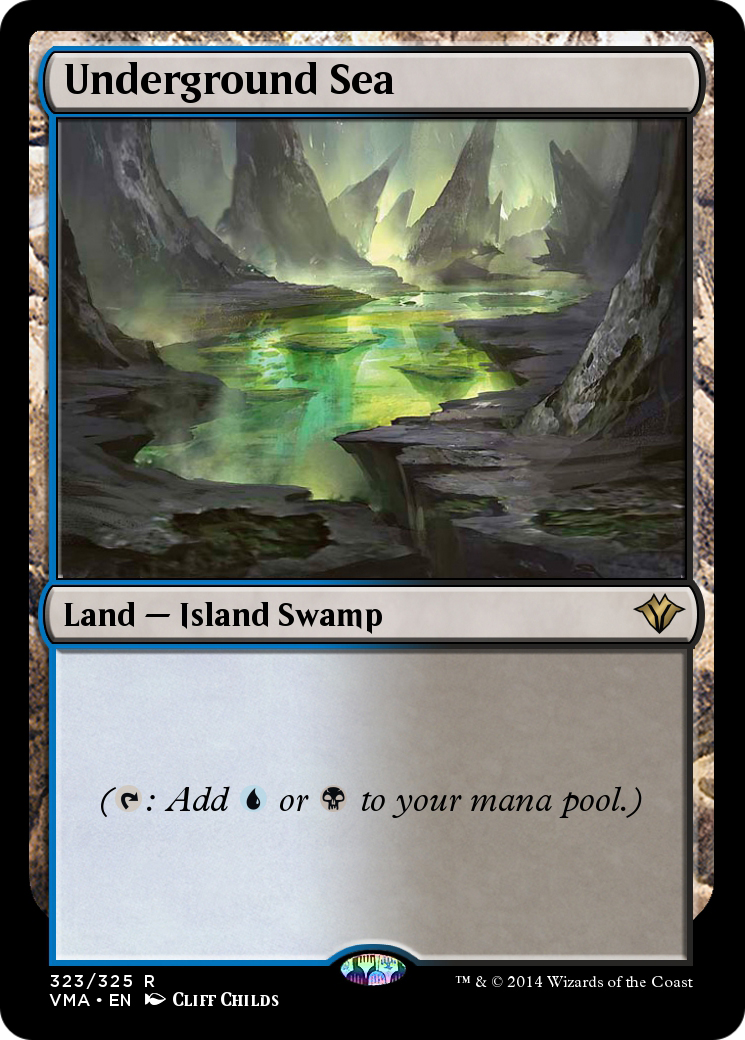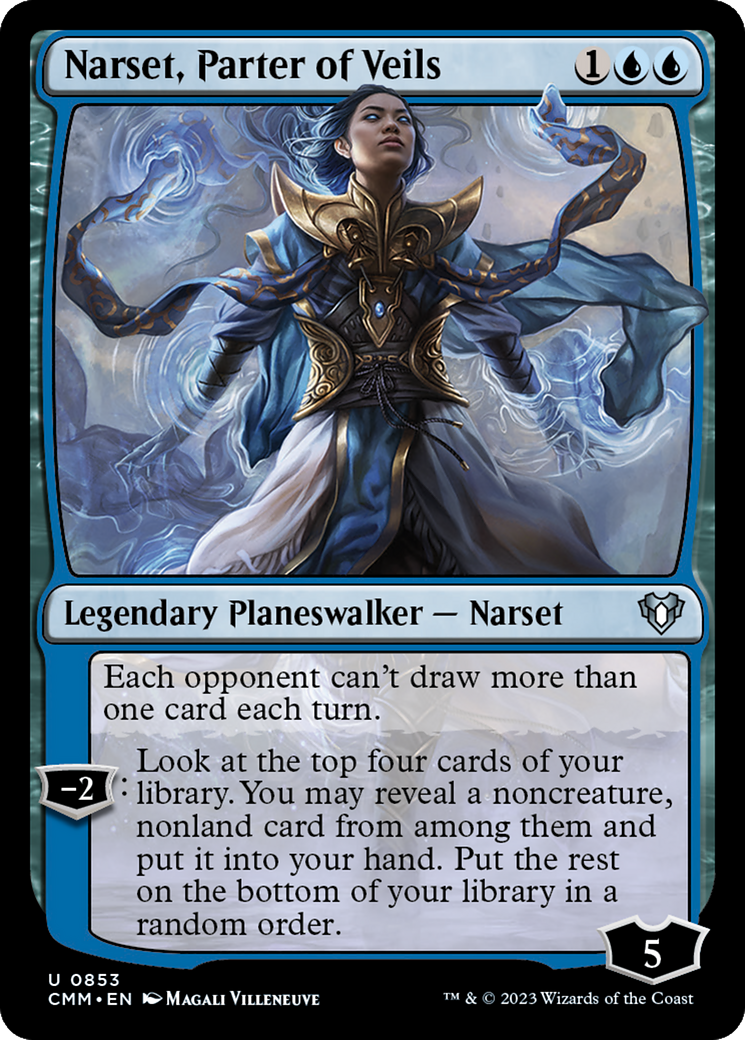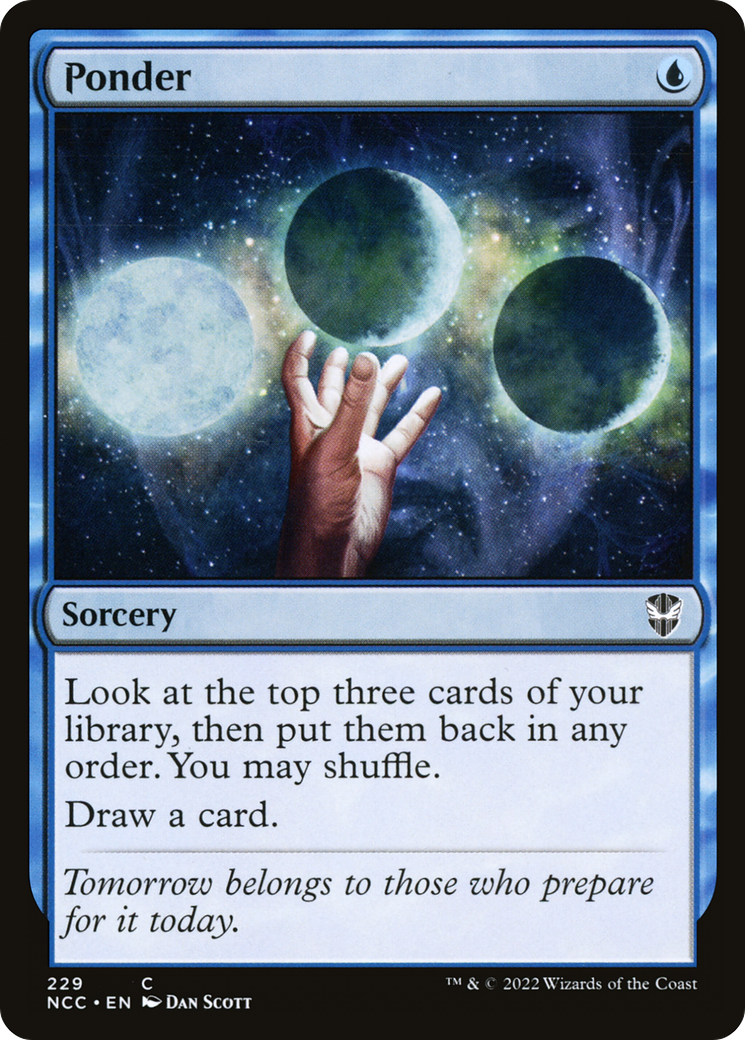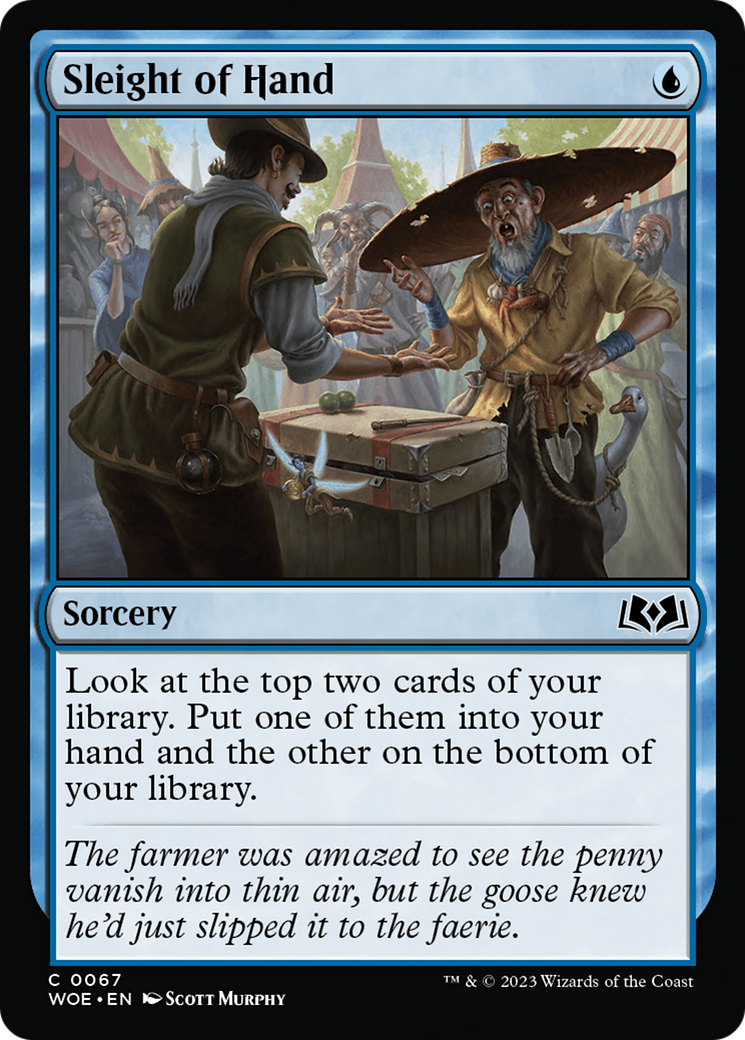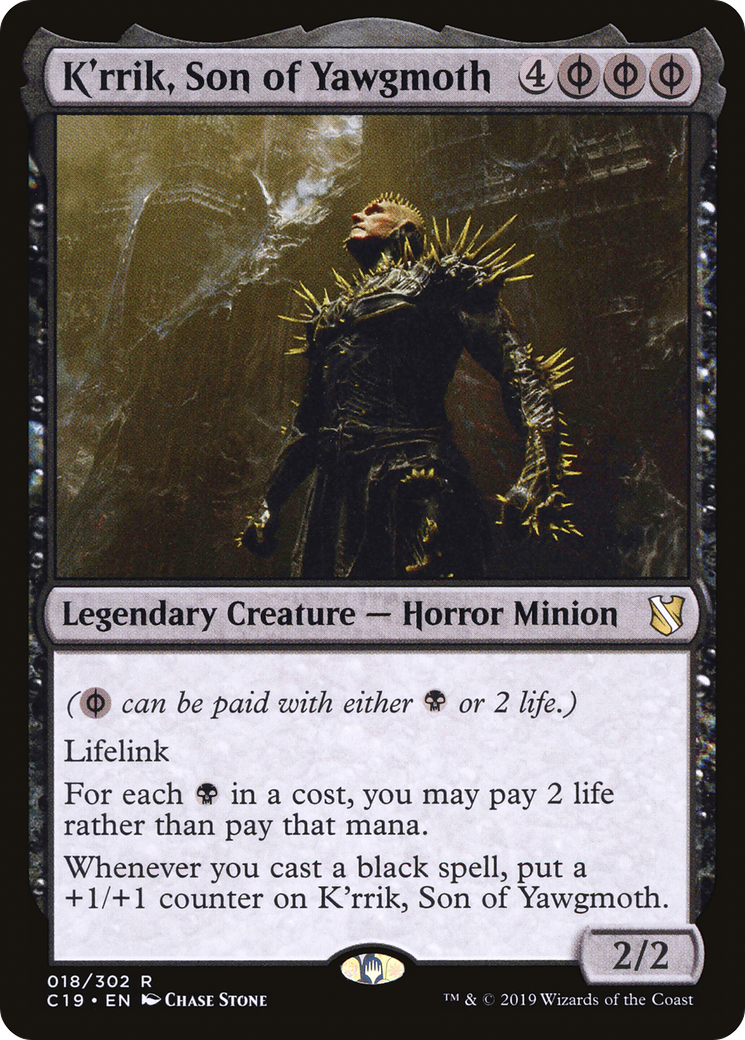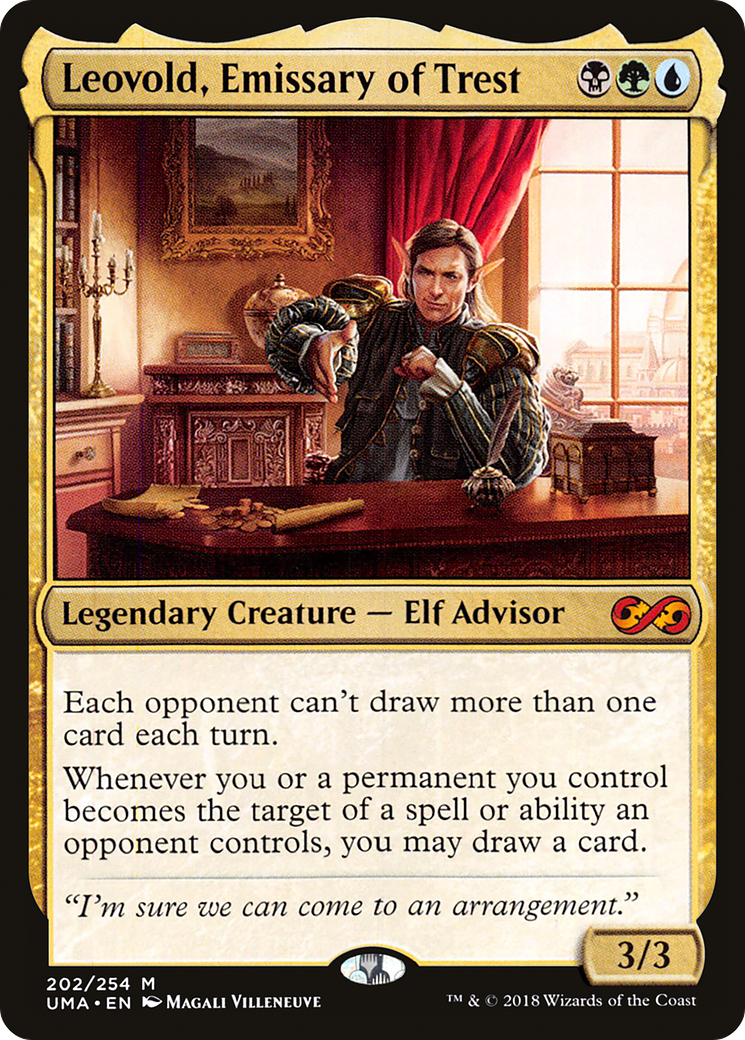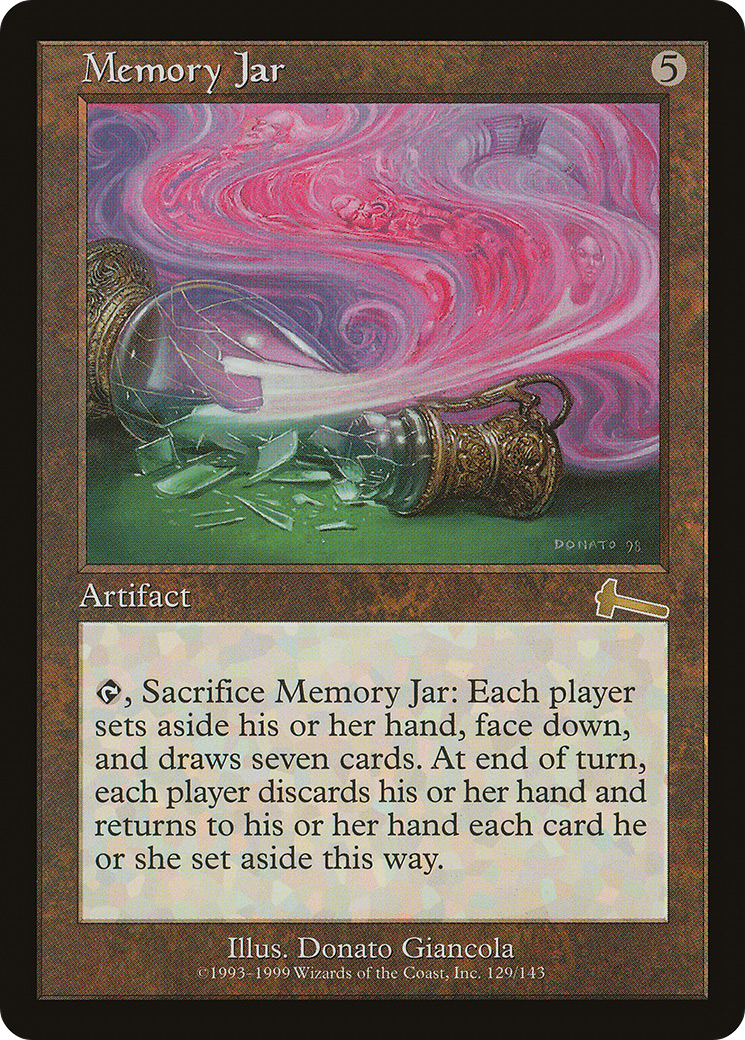BREWING MULDROTHA IN CEDH
CEDH has quickly become my preferred Magic: the Gathering format to play because it incorporates so many of the classic Eternal cards I grew up playing with, and against, over the years. I’ve been playing and collecting cards since the game began back in the day and I’ve been looking for a format where I can enjoy playing with my favorite cards and CEDH hits the mark for me much more so than any other constructed format.
One of the biggest criticisms of CEDH that I’ve heard is that it’s kind of a solved metagame and there isn’t much room to brew or be creative. I 100% DISAGREE!!! Today’s article will feature the Muldrotha deck I’ve brewed up and will get down to the nitty gritty of how to ‘get your brew on’ in a competitive multiplayer metagame and what that means.
BUILD WITH THE METAGAME IN MIND
Formats have metagames. What is a metagame…? Basically, a metagame is an expectation players have for game-play before they ever sit down for a match.
In CEDH, the metagame expectation is that potential opponent’s will be playing powerful builds of Commander decks designed and tuned to win pods. In fact, you may even be able to predict many of the cards in an opponent’s deck because netdecking is a perfectly reasonable way for players to explore and enjoy a constructed format. (I personally enjoy brewing… and I’ll get to that in a moment…).
We can easily look and find endless decklists to peruse that have won or performed well in previous events to base our expectations of the metagame upon.
Fast Combo decks and “Blue Farm” Combo / Control strategies tend to be favored strategies among experienced multiplayer mages for taking down CEDH events.
I want to play against decks that are as powerful, or more powerful, than my own and that’s part of the fun of the game is the constant thinking about how to improve the position of one’s strategy and build in the metagame.
I like the familiarity of approaching a format that has an established expectation for play. I come from a background of playing lots of competitive tournaments, so powerful decks are not foreign or scary to me; rather, they feel familiar and intuitive. The game play of CeDH feels somewhere in between Vintage and Legacy which I really enjoy. It’s fun to play with the best cards and see game play where bold and exciting lines of play are constantly taking place.
CeDH has a well established hierarchy of known “best decks” that take a wide array of approaches to winning pods, which is great for new players looking to try the format out since you can always start with a known commodity decklist and practice playing it.
The key to brewing a good deck is looking for an opportunity to do things a little bit differently than the established archetypes of the metagame and really tapping into synergies and interactions that open up its potential. One style of deck I noticed wasn’t really on the menu in the metagame that I enjoy playing is Sultai Combo Ramp, so I set out to build a 100 card deck that ramps and combos real hard.
I definitely didn’t get close on the first try! It took a solid month of hundreds of goldfish games and several playtest pods but I’ve finally got my brew to a point where I’m comfortable playing it in a CeDH pods and would consider sleeving it up for a EDH 1K.
One of my favorite parts about Magic, and especially Commander, is building a new deck and seeing it come to life on the battlefield.
I knew the angle I wanted to push as hard as I could was the mana base, and I did that by combining great artifact mana with Green’s natural strength of ramping additional lands into play each turn. The deck consistently outputs a high amount of mana quickly, which in my opinion makes it a quite powerful starting point – since making a lot of mana quickly is what I’m always looking to do in multiplayer pods.
Here’s what I attached to my killer mana base from outer space:
CeDH MULDROTHA $YNERGY PILE
This is the (Bolas’s) House that goldfishing built.
I worked a ton on the mana base and got it super smooth and then spent a lot of mental energy figuring out what were the best combos to bake into the deck that I can execute once I start ramping off..
MULDROTHA, THE MANA ENGINE
Let’s start with the mana. 33 Land.
33 looks on the high side for CEDH but feels extremely smooth. The deck is really looking to make a land drop each turn and I don’t mind running a little land heavy in a 99 card highlander deck. It definitely makes decisions to keep close hands easier when being land light doesn’t factor into the equation. I do want to mulligan hands that lack power, so I really want to be able to rely on finding a keepable 7 on the second try that can curve out and hit its land drops.
Part of the reason the deck mulligans so well into strong hands is that I’ve packed a ton of material into the mana engine. 25 spells that increase my mana production, which brings the mana engine up to 58 cards.
It’s also of note that I’m utilizing the best mana rocks AND the best ramp spells to essentially double up my chances of creating fast lines of play. I also like that doubling up to include land ramp provides some nice insulation against Null Rod effects.
I was able to navigate my way through a Pod with my Combo deck where two players had Null Rods in play because I had a smooth curve of Three Visits into Skyshroud Claim and was still able to develop my mana despite the mana denial cards having been resolved from multiple players.
One of blue’s strengths that I think is underplayed in EDH is cheap card selection.
Part of the reason I like cheap card selection is that it gives me more looks to find the most broken combo pieces and / or mana sources which is what my combo ramp deck needs to be consistent. Essentially, three quarters of the deck is baked into the mana engine and the rest of my combo cards also tend to either enhance or directly benefit from the generation of copious amounts of mana.
It’s also worth noting that playing with a lot of library manipulation also enhances Bolas’s Citadel as a victory condition. My Mana Engine spells also function like Rituals when played from the top of my Library with Bolas Citadel, which is why simply putting Citadel on the battlefield typically equates to winning the game on the spot.
Off the bat, roughly 75% of my deck is invested in generating rampy mana, so let’s take a look at what the deck actually does with this consistent mana production.
It plays all the best tutors in the format to find key interaction and combo pieces at the right time. The deck makes a lot of mana and so it’s important to find the “correct” threat or combo piece at the right time to try and win the game.
Transmute Artifact is a key card in my deck since it’s able to find Bolas Citadel (my flagship card) but also finds the other combo pieces (directly into play) once Citadel has been developed.
I don’t play a ton of interaction but I want to be able to interact with important cards that are in play to stop my opponents from winning, or roadblocks that are impeding my route to victory. I decided that I didn’t want to play too much stack interaction and instead I wanted to focus on being a tap out combo deck that presents sticky threats and combo lines.
Here is what my deck is actually trying to execute proactively. One thing I noticed while goldfishing the deck a lot is that the gravity of the deck tends to collapse around the card Bolas’s Citadel.
If the card Bolas’s Citadel enters play, there is a ridiculously high conversion to winning the game that turn with a combo kill. Sensei’s Divining Top and Necropotence both let the deck clear cards that are undesirable to be cast for free for 1 life per, and the combo converges around finding Top and an Aetherflux Reservoir and/or Sheoldred to complete the infinite combo.
Once infinite, the deck can do pretty much whatever it wants to close out a game. It can take infinite turns by looping Eternal Witness with Temporal Mastery or Capture of Jingzhou, bounce or destroy all the permanents in play, and/or recycle the entire deck with Timetwister + Narset.
It goes very big when it goes.
One thing to keep in mind when brewing a new deck is that it’s always good to explore new territory rather than play it safe. The fringes are where you can innovate and even more importantly learn new things about a format.
Kyle’s approach to playing and building decks is a little bit different, since he chose a known “best deck” (Blue Farm) and tested it with emphasis on fine tuning for the changing metagame he’s playing in. In this instance, it makes a ton of sense to start with a great list, play some games and make changes that hedge against the expected meta.
I had the choice to build my Mudrotha deck like a Blue Farm deck (with lots of counterspells and stack interaction) but I decided to go in a different direction than expected. One deck that I took notice of while doing coverage of the RIW Hobbies EDH 1K was K’riik, Son of Yawgmoth.
I really liked the play patterns of K’riik and was impressed with how the deck simply spammed pressure to the board and used that pressure to convert synergistic combos. K’riik is a known commodity and one of the top performing Tier 1.5 decks in the CeDH metagame, it’s just inside the Top 16 best performing decks in the winner’s metagame.
If K’riik can be successful playing pressure combos to the board and having its interaction restricted to destroying creatures in play, perhaps I could execute a similar strategy in a three color shell. When I discussed and watched K’riik games, it became clear to me that the confining resource the deck wanted was ALWAYS mana which was really encouraging because I had already been working on this Muldrotha mana engine deck.
One piece of advice I received from Patrick Chapin that I’ve always taken to heart when building a deck: “Don’t build a bad something else.”
It’s an important tidbit for all brewer’s to keep in mind when building for a metagame. When powerful decks and strategies already exist, it doesn’t help us gain an edge against the field to build a deck that is different but strategically inferior to a known commodity that already exists.
Advice like this is why I didn’t go down the blue farm path with my Sultai deck. Blue Farm is already really good and advantaged because it typically has access to Red and White, whereas I have access to Green.
I went a different direction and honed on what Green can actually provide a Dimir shell, which is access to fantastically consistent mana production and ramp. The action of my deck is Dimir, but I wanted to frontload my access to mana production in the manner that would enhance a K’riick style deck. So, what I’ve done is kind of hybridized the most robust attributes of the Blue Farm card draw engine with K’riick’s “Playstyle,” and the innovation is getting to play a robust and consistent mana producing shell that forces powerful lines of play each turn.
MY COMMANDER IS ACTUALLY PRETTY OK

I love Muldrotha but I’m not IN LOVE with Muldrotha…. Sultai doesn’t currently have access to what I would consider a Top Tier build around Legendary Creature, but Muldrotha is good enough to at least be respectable and provide some function to the deck.
Perhaps, the biggest thing holding Green back in the CeDH Metagame is the fact that it’s only great Legendary is banned which diminishes incentive to explore the color combination. Anyways… DCI Banned my best Commander Option so I had to roll with a backup pick.
I’m a combo deck that makes a lot of mana, so playing a cmc = 6 in the Command Zone feels good, not great. Essentially, my Commander functions like a “Farm” if I get stopped from comboing off the first or second time and run out of gas. I can deploy a decent bodied blocker to keep attackers off my hit points, and continue to develop land drops from my graveyard and generate extra cards from replaying Artifacts, Enchantments, and Creatures.
I have a ton of Mana so I can drop Muldrotha and start generating value from my graveyard right away by replaying Fetch Lands and pieces that have gone to the graveyard.
Muldrotha also facilitates an infinite turns combo with Eternal Witness, Aether Spellbomb, and an extra turn spell.
One card I decided to include because it has insane synergy with my Commander is Memory Jar. Draw 7s are a great value synergy with Bowmasters or Sheoldred and because my deck has so much mana production I can typically play most of the cards I wheel into that turn. It’s a great way to gas up, since my opponent’s don’t get access to their cards during their main phases. They can interact with their fresh 7 at instant speed but I get to spam a ton of value!
The Gravetide is no Leovald, but still puts in a lot of work.
START WITH GOOD BONES END WITH A NICE DECK
I wanted to brew and play my own deck.
To me, that’s what’s fun about Magic: the Gathering. I love getting to be creative and bring my ideas to life. It’s not easy in a format like CeDH where the known commodities already have thousands of games of tuning and testing put in, but it’s certainly possible to put on one’s thinking cap and come away with a very playable, solid deck.
While I think the best way to explore the format is to start with a known commodity and feel out the format in casual CeDH pods, there is certainly a lot of open air in the metagame for experienced deck builder’s to innovate in. I, for instance, started playing CeDH by building, tuning and playing Tivit and then once I started to feel comfortable with the speed and play patterns of the format I decided to put what I’d learned to good use and make my own CeDH deck.
Another thing I like about CeDH is that decks tend to converge around the “best” cards available, so the cardpool is actually quite compact for building a strong deck. The format feels Eternal to me because it’s not constantly upheaval’d, upset, and turned over by new printings. Sticking to the known “power” cards of the format and building around them is a great way to ensure the end product comes out coherent and smooth.
Only the creme de la creme finds their way into sleeves for my CeDH decks and I love seeing how the most powerful new printings impact the most powerful decks. Orcish Bowmasters has been a card that has really impacted the metagame and gameplay to the point I had to adapt how I build my deck a little bit. I cut Time Spiral for a Phantasmal Image to provide more coverage against opposing Bowmasters (as well as granting me access to potentially MORE Bowmaster).
BREWING IN CEDH SUMMARY CHECKLIST
It’s hard to brew when you don’t know what you’re preparing to battle against! Step One is to familiarize oneself with how the format works and what the popular decks are to ensure we’re brewing up a deck that can hang in the field.
We don’t need to build the best deck in the format, nor would I expect that to be a reasonable goal; but we can certainly find unexplored space to try out new ideas.
I learned the metagame playing and tuning Tivit.
2. PICK SOMETHING UNIQUELY POWERFUL
Always keep your eyes and mind open to powerful cards and strategies that you’d like to see come to life on the battlefield that you don’t already see played.
If you WANT to play it… there’s probably some legs behind the idea just waiting to be tapped into.
I decided to try hybridizing a Green ramp engine with Dimir “good stuff.”
3. AVOID BUILDING A BAD “SOMETHING ELSE.”
When brewing up a deck it’s important to focus on what your deck does uniquely well and develop those synergies and play patterns via card choices.
If you want to play “Blue Farm,” “Negeela,” or “K’riick” strategies those decks already exist and have thousands of hours of tuning into those archetypes. Have reasonable expectations, you’re not going to “break it” on the first try but with some hard work you can definitely be a power player in a pod fielding a deck that you worked on developing.
I found an “in between” space… I’m not Blue Farm and I’m not K’riick but somewhere in the middle ground. K’riick is a playstyle I like and respect. It’s a deck I would consider playing in a CeDH 1K and I believe my Muldrotha deck does K’riick stuff better than mono Black because of the mana engine I’ve incorporated.
4. STICK TO THE KNOWN “GOOD CARDS POOL.”
Good decks are built from powerful cards and synergies.
While there’s always the fantasy of finding that “secret tech” card that puts a deck over the top, in reality everybody who plays CeDH has been searching for that high for years and the pool of top playables is widely known.
If you look at the quality of cards I put in my deck, it’s incredibly focused and high! It’s intentional, I don’t favor bringing weak cards to a powerful card game.
If you’re at a point in your gaming where building and tuning new decks to gain an advantage in the metagame is open to you, that’s quite an accomplishment in MTG!
Magic is a game about learning and applying new information with critical thinking skills to achieve desirable outcomes in game play.
I, for instance, applied what I learned about the metagame playing and tuning Tivit and drew upon those experiences when crafting my Muldrotha deck. I looked at other decks, like K’riick that were successful and piecemealed together a strategy that I think is different, useful, and is very much in my wheelhouse of the style of deck I enjoy shuffling up.










